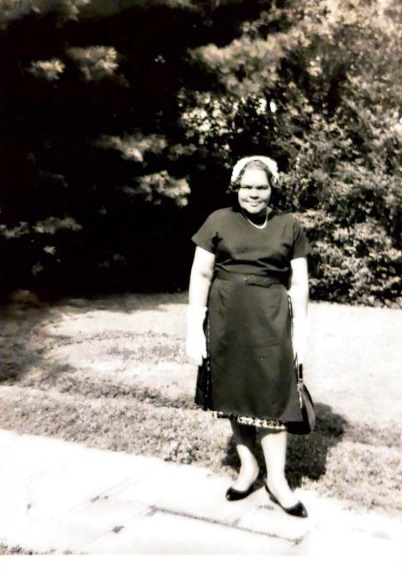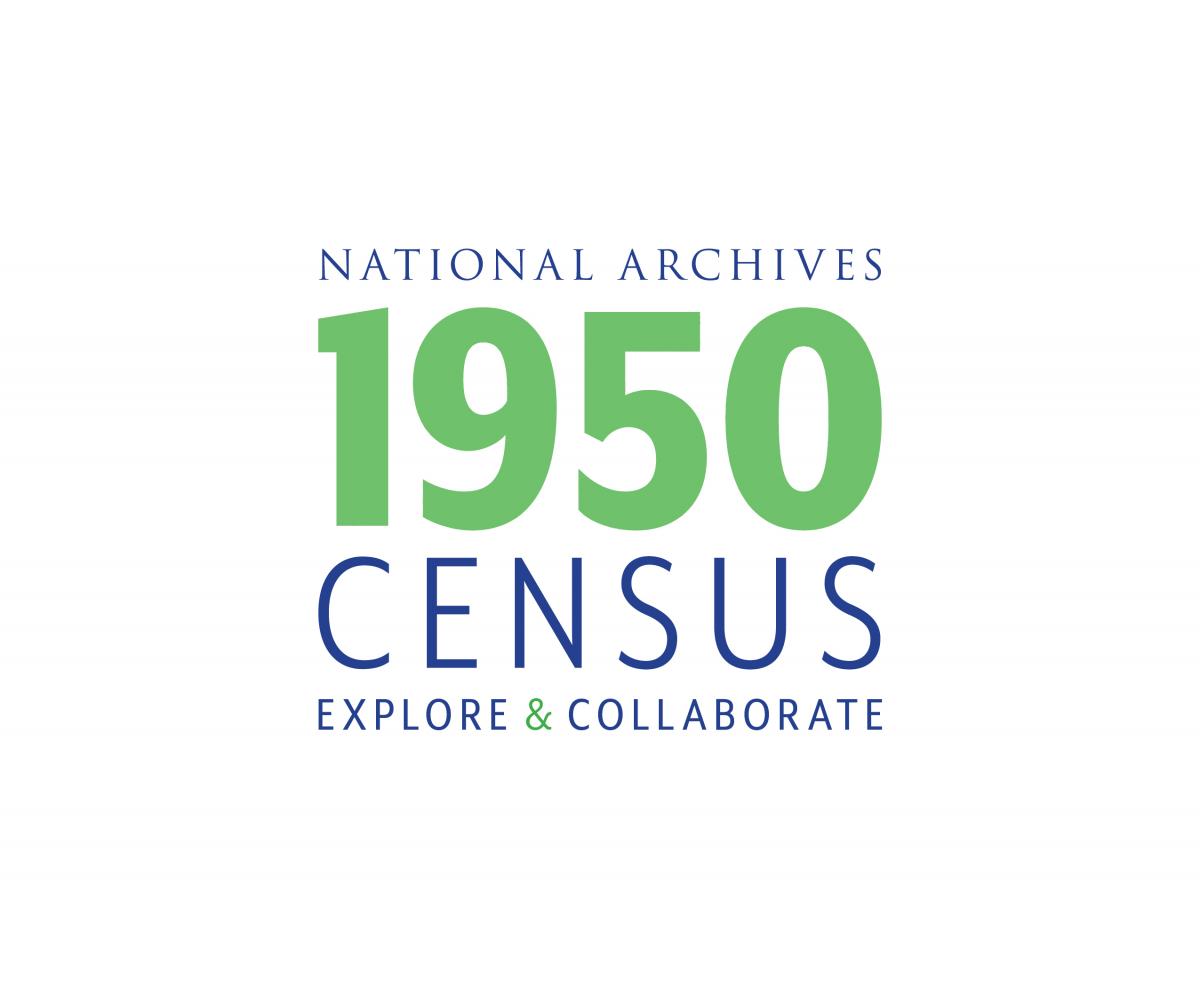
Standout Census Stories: Familial Connections and Federal Records—The Ties that Bind
By Victoria Macchi | National Archives News
WASHINGTON, March 17, 2022 — Writing this week for the “Rediscovering Black History” blog, National Archives and Records Administration archivist Miranda Booker Perry unfurls the trajectory of the search into her family’s history starting with her paternal grandmother, who was affectionately called Nana. After discussing her close relationship with Nana, she traces ancestors, largely through census records, along that branch of the family tree.
Perry's interest in genealogy blossomed during one of her Archivist Development Program rotations at the National Archives in the early 2010s.
Since then, in her spare time, she has researched generations of both her maternal and paternal sides of the family. She has gleaned a lot from the records and has provided tips and strategies in her blog to help others with their research. Perry hopes that sharing some of her findings about her Virginia-based family will get other people excited about conducting research in federal records.
“Some people conduct genealogical research to find someone famous in their family tree, and it is pretty amazing if they do,” Perry said. “However, I find that when doing genealogy, it is important to appreciate the extraordinary in the seemingly ordinary.”
She also writes in the blog post,“Finding ancestors in the censuses and other records helps to rescue them from obscurity and reclaim them.
Perry included several tips that may help other researchers interested in mining federal records, especially those held by NARA:
- Be mindful that your family members could be on census pages immediately before or after the page that a keyword search unveiled.
- Talk with parents and other older family members to discover and confirm surnames from your family branches so you will recognize them in the census and other records.
- Military records, marriage certificates, death certificates, cemetery records, probate records, etc., are rich sources of genealogical information and will help you round out the story of your family.
Read her post, “It’s All Relative: Locating Family in Federal Records and Genealogy Research Strategies,” in full on the Rediscovering Black History blog.

 Read previous Standout Census Stories:
Read previous Standout Census Stories: